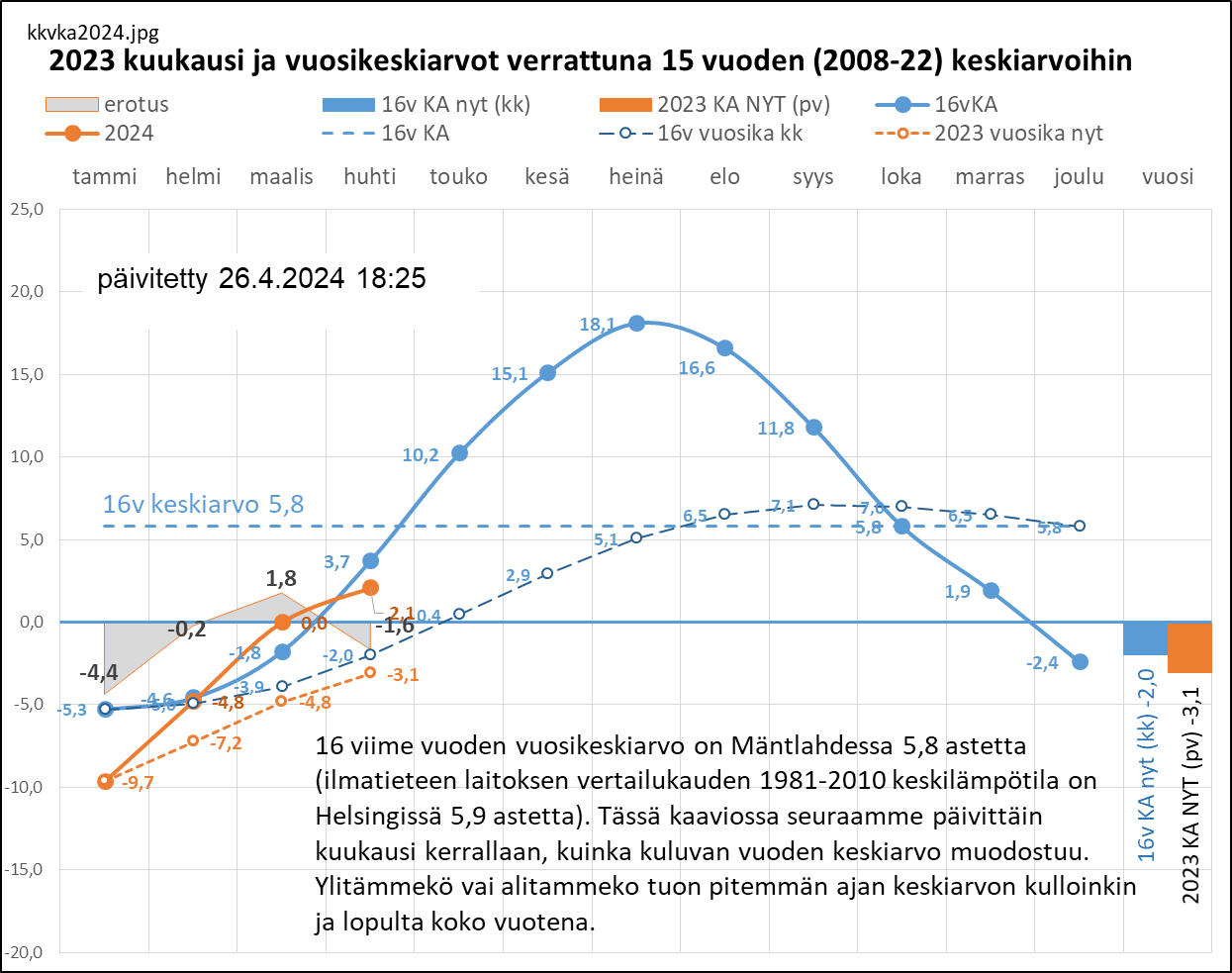Mäntlahti is Hamina’s easternmost coastal village, which during the 1500-century was at times counted to be a part of Vehkalahti and at times to be a part of Virolahti. To begin with the number of the estates was three or four and in the 1650’s five: 1) Ristola, later Puustelli or Hovi 2) Yrjönen 3) Mänttäri 4) Tolsa and 5) Sipilä.
Kingsroad (the Great Coastalroad) is an old mail route and of Mäntlahti’s houses Yrjönen was made into a postoffice in 1640. Its duties were to deliver the official deliveries either to Hamina or to Viipuri.
Mäntlahti was ideally situated for land- and searoutes from Helsinki an St. Petersburgh. In addition to farming the hosts of the land were fishermen, sea captains and shipmen. The village also had businesses. Bricks burnt from clay and stones hewed out of cliffs were exported to St. Petersburgh for example. Ships carried sand and timber logs to Helsinki and to the east.
Raincoat factory established in 1920’s employed the women of the village. Mäkelä-brothers built ships at the mouth of Rantajoki. Timber for these ships was aquired from the Jokela timber mill established un 1920’s. Pulkkinen’s smithy started during the same decade. Primary school started in 1899, it was built with the help of contributions and voluntary workers.
The village had two shops and a dance stage.
Gradually the life in the village has quietened down. The businesses have ceaced, the school was shut down in 1969. In 1993 the village postoffice was closed down and the village shop closed its door.
Mervi Hyppänen, translation in English Kati Forknall






Uusimmat kommentit